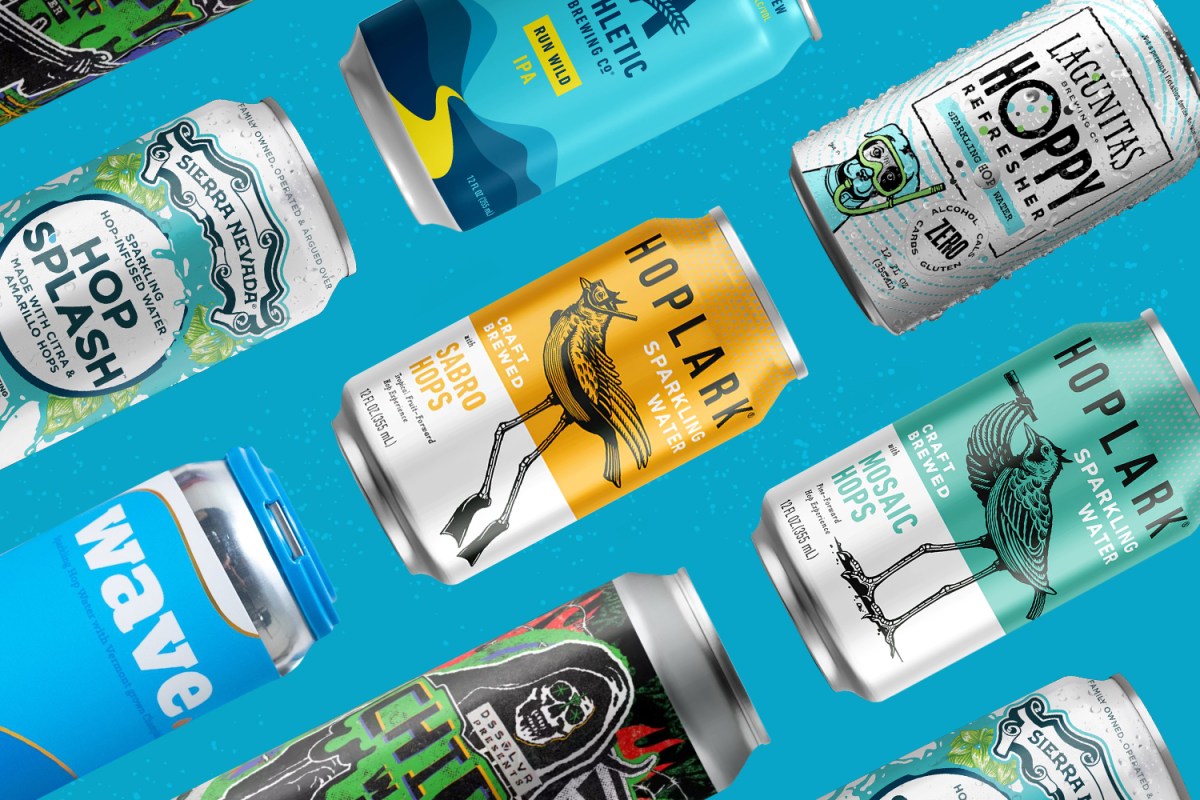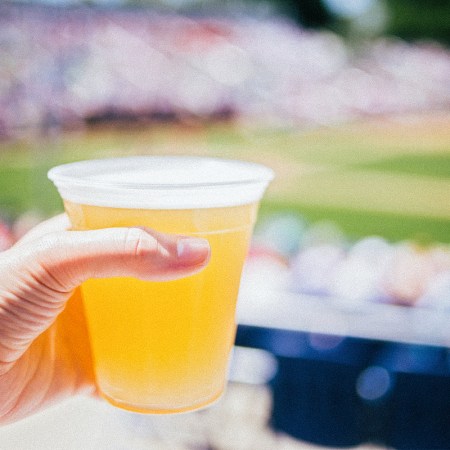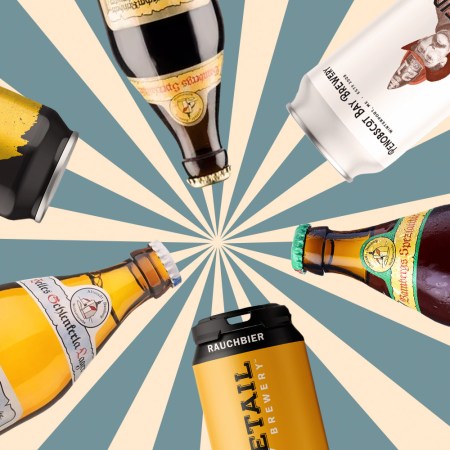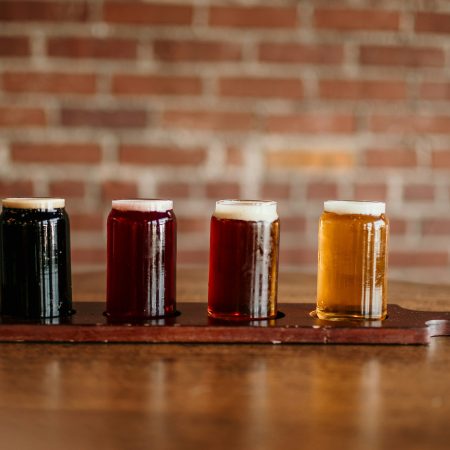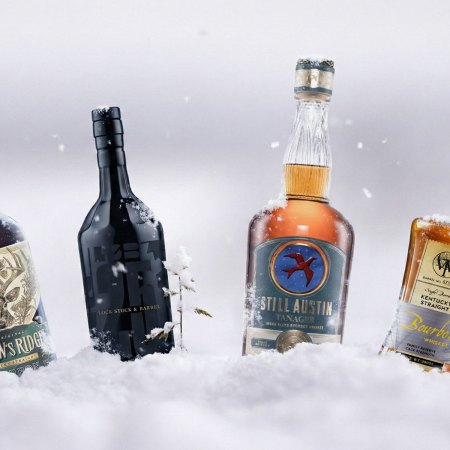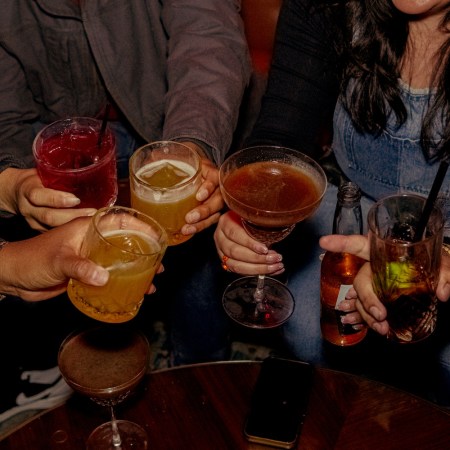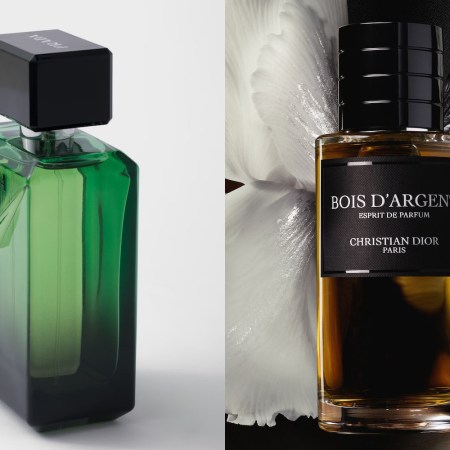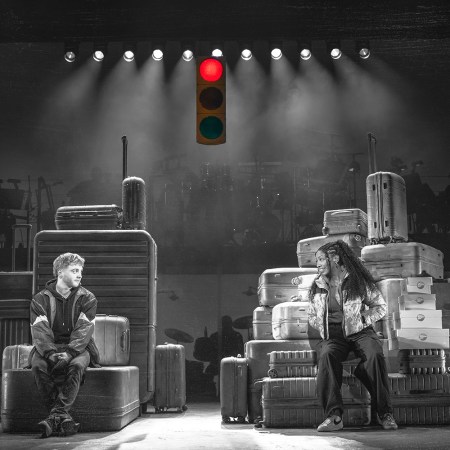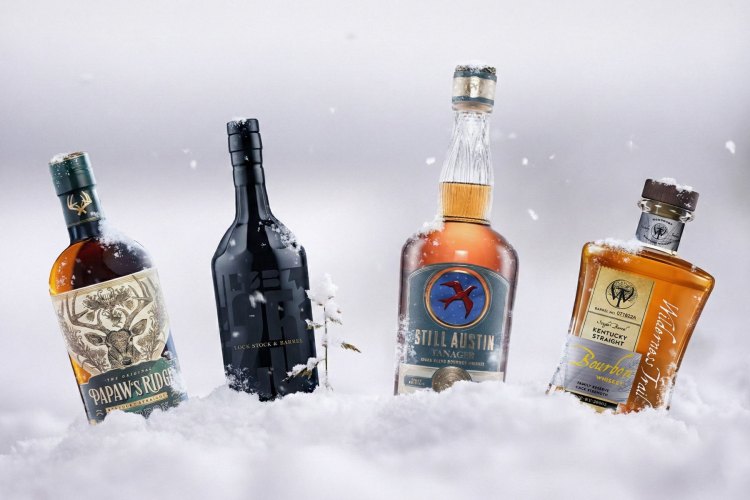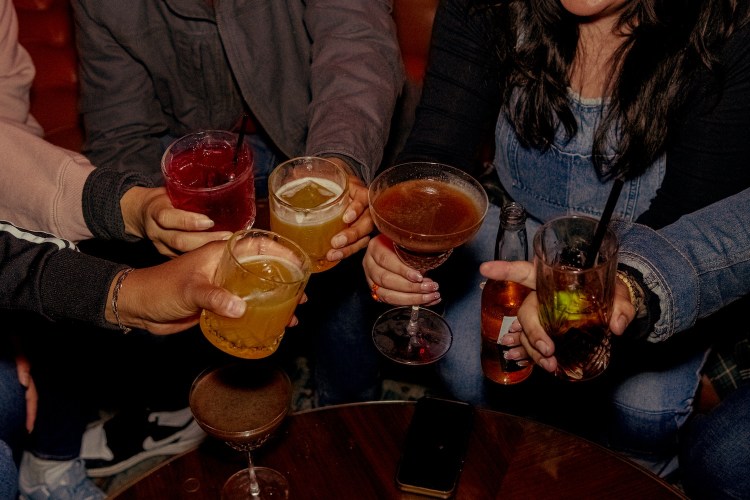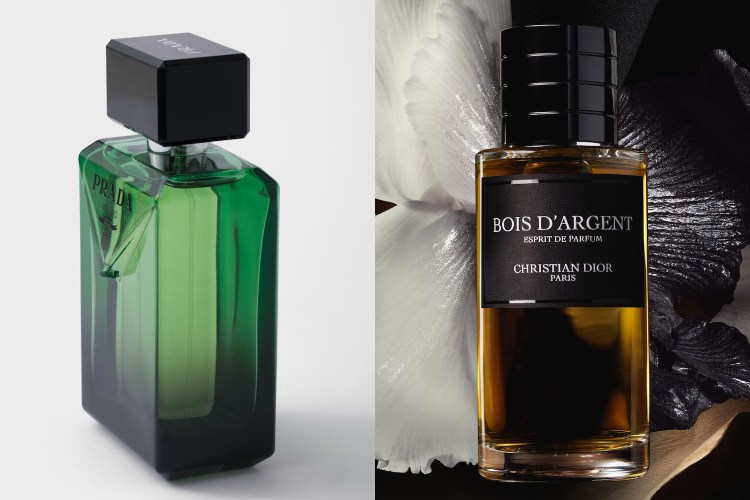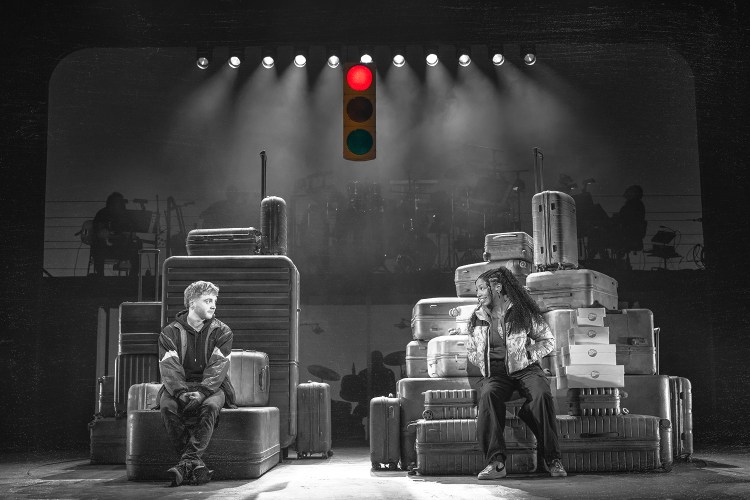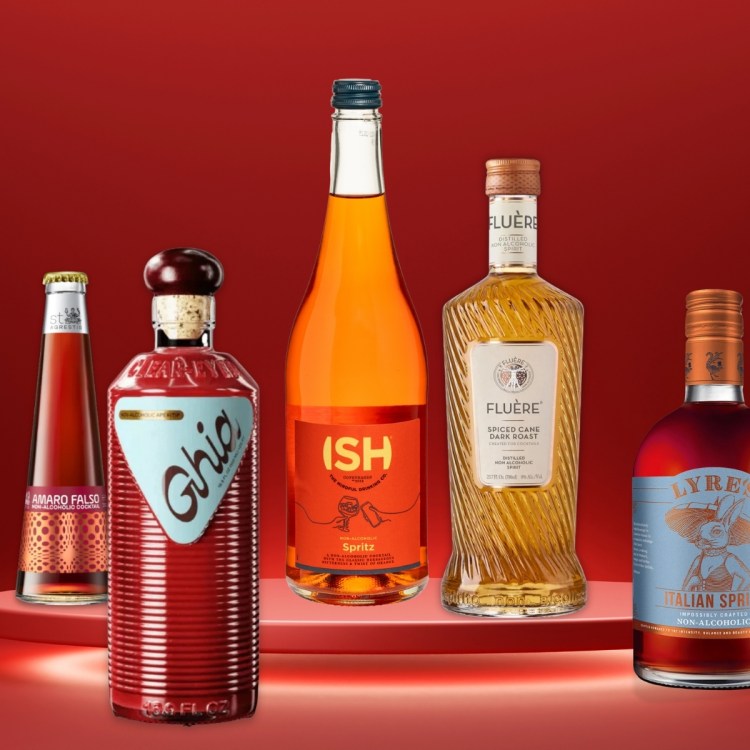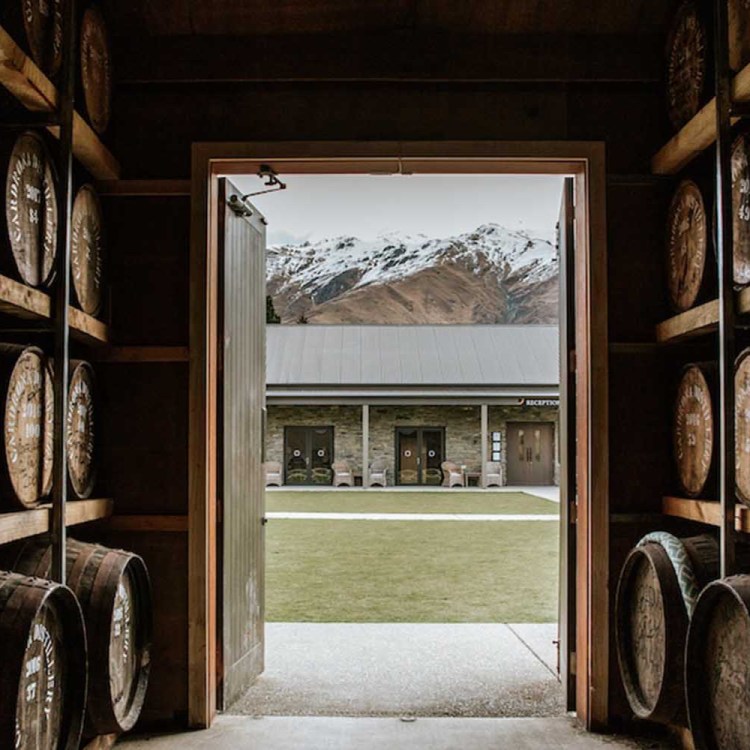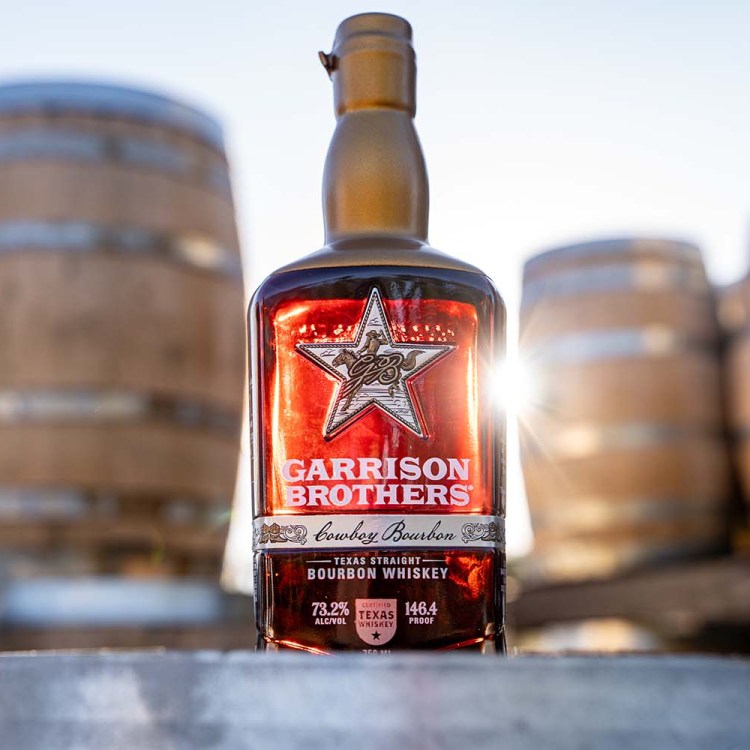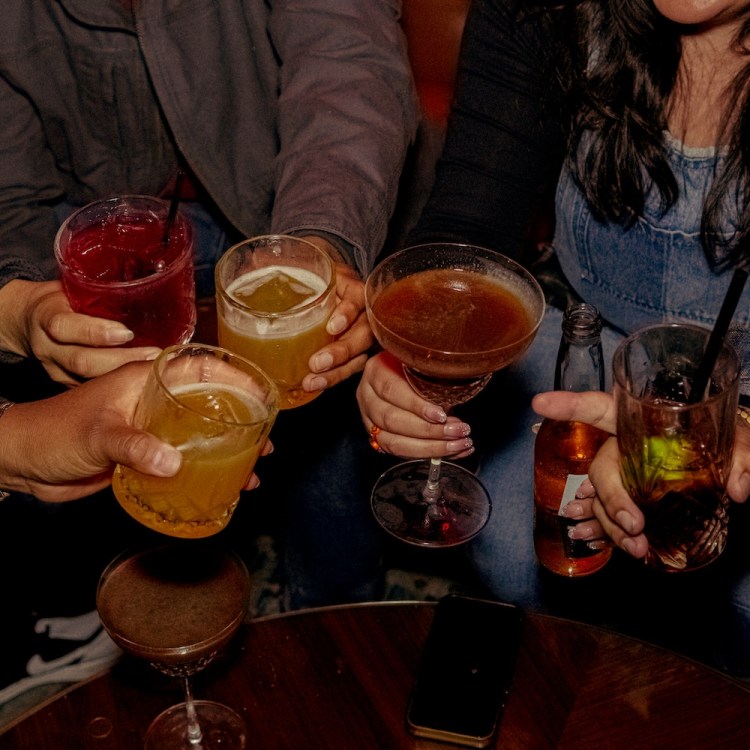If you build it, they will come. The famous line from 1989’s Field of Dreams makes a great marketing mantra, too — one that has proven true for the craft beer industry time and time again, be it the industry as a whole or trending products, such as the double IPA. However, with growth in the craft beer market remaining relatively stagnant in the past several years after decades of explosive growth, brewers are doubling down on the exceptions to the current rule.
Hop water now ranks among the top of these, having experienced massive proliferation over the past few years and posted some of the largest growth numbers in the industry. As a result, brewers everywhere are continuing to hop — pun intended — on the bandwagon, and 2024 appears no different, with the release of Hoppy Mood by Founders, Hop Zip by Wiseacre, Froth Water by Alvarado Street, and on and on. Clearly, the market is building, and the people are coming.
But for those still asking the question, “What is hop water?” or turning up their noses at the first impression, here’s an explainer that may lower it to drinking level and bring a can to the lips.
What is hop water?
As just about every beer lover knows, hops are one of the four essential ingredients of beer — as stipulated by the famous German Reinheitsgebot, or purity law, passed in 1516. In beer itself, hops bring the bitterness and aromatic notes that find explosive expression in today’s double and triple IPAs. In hop water, they become the main attraction, combining with carbonated water to essentially create a floral seltzer.
As with any product, though, popularity spurs development and differentiation, and many hop water varieties now change up the formula. Some use whole hop cones — and blends of multiple types — while others use hop oil or essence. Some add yeast to enhance the hop flavor, or citric acid to increase acidity. Infusions are extremely common. Sierra Nevada’s Hop Splash Citrus, for example, adds blood-orange and grapefruit juice; Athletic Brewing Company makes hop water in mango, lime, black cherry, while the Hop Wtr brand adds ashwagandha and L-theanine. Some, like Hoplark, use tea instead of water in some versions.
What does hop water taste like?
Hop water does not taste like beer, nor could it be mistaken for beer in any way — as non-alcoholic beer can be. Instead, hop water tastes more like a floral seltzer, with piney, citrusy, earthy or fruity flavors depending on the type of hops and infusions used. That means there’s a wide variety of profiles to choose from, and it may take some trial and error to find your personal sweet spot.
Lagunitas’ Hoppy Refresher, for example, claims flavors of “bubblegum, lime, lemon, tangerine and a bit of pine.” Wave, a hop water brewed by Burlington Beer Company highlights “orange blossom, lime zest, lemongrass, pineapple and grapefruit.” Chippy Hop Water by DSSOLVR calls out “Pez candies, Pineapple Express, clementine peels and Fruity Pebbles.”
In hop-only versions, these notes will likely be lighter, as in an essenced seltzer. When actual juice is infused in the mix, the taste strengthens.
Is Craft Beer Cringe Right Now?
Years ago, loving an IPA meant you were hip. What happened?Is hop water a non-alcoholic beverage?
While it’s easy to lump hop water in with non-alcoholic (NA) beer — and some brewing and marketing companies are pushing that narrative — it is a different species altogether. Firstly, non-alcoholic beer essentially follows the same production process of beer and uses the same ingredients. The alcohol itself is removed by one of four methods: controlled fermentation, simulated fermentation, dealcoholization or dilution. Even then, some versions still contain up to 0.05% ABV.
In hop water, on the other hand, alcohol never even enters the discussion, much less the production process. The basic recipe is much simpler, too, with only five steps: boiling water, cooling it, steeping hops in the water, filtering out the hops, and then carbonating the remaining liquid.
Nevertheless, breweries and marketing companies are working hard to hitch hop water in the NA category along with non-alcoholic beer and mocktails, owing to the surging NA market. This is partly why many producers are putting “non-alcoholic,” on the packaging, which otherwise makes as much sense as if you put the same on a can of Polar seltzer. That said, the long association of hops with beer may require the appellation as public education.
Why is hop water so popular now?
When hop water was first introduced to the market in 2014 by Paul Tecker, it raised little more than a few eyebrows. That’s where it largely stayed through the rest of the decade, but amid the pandemic, numbers and market share started to climb quickly.
In 2019, just three producers accounted for about 50,000 cases sold through chain retail, according to NielsenIQ data. By 2023, the number grew to 27 brands and 500,000 cases in those same stores. That’s being witnessed at breweries, too. St. Elmo Brewing company of Austin, Texas is a case in point, witnessing a 62% growth in sales of hop water between 2022 and 2023. This rapid growth is echoed in most data.
To a certain degree, hop water is riding the popularity bandwagon of non-alcoholic beverages and the current “moderation movement.” As the Wall Street Journal noted in October 2023, “Sobriety Is In, and Nonalcoholic Beer Sales Are Soaring.” The paper is not wrong, noting how sales of non-alcoholic beers jumped nearly 32% over the previous year. Nielsen IQ data echoes this, reporting a 31% in sales of non-alcoholic beers over the past four years.
Hop water fits nicely into this movement and the larger post-pandemic health push that underscores it. In addition to being free of alcohol, hop water also contains no carbs, calories, gluten or sugar in most cases.
Where is hop water going?
So long as customers keep lining up for hop water, the market will undoubtedly continue to grow along with non-alcoholic beer and mocktails and see greater differentiation. Potential icebergs are floating on the horizon, though, as the hop market grows along with demand. This also comes at a time when climate change is reducing the quantity and quality of hops worldwide, while at the same time increasing the cost. At the moment, however, it’s full steam ahead for hop water.
Every Thursday, our resident experts see to it that you’re up to date on the latest from the world of drinks. Trend reports, bottle reviews, cocktail recipes and more. Sign up for THE SPILL now.
